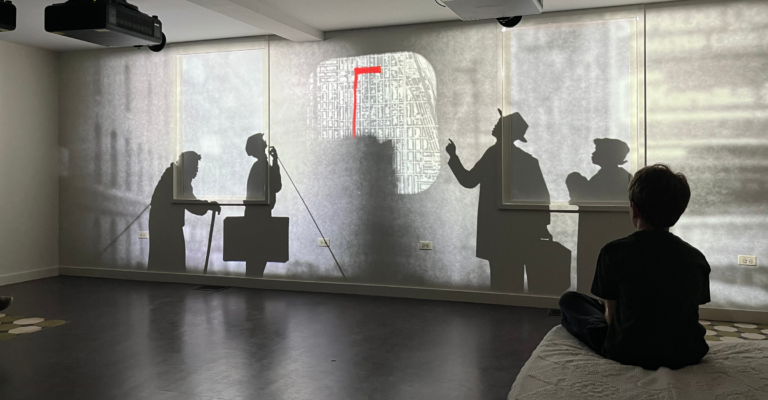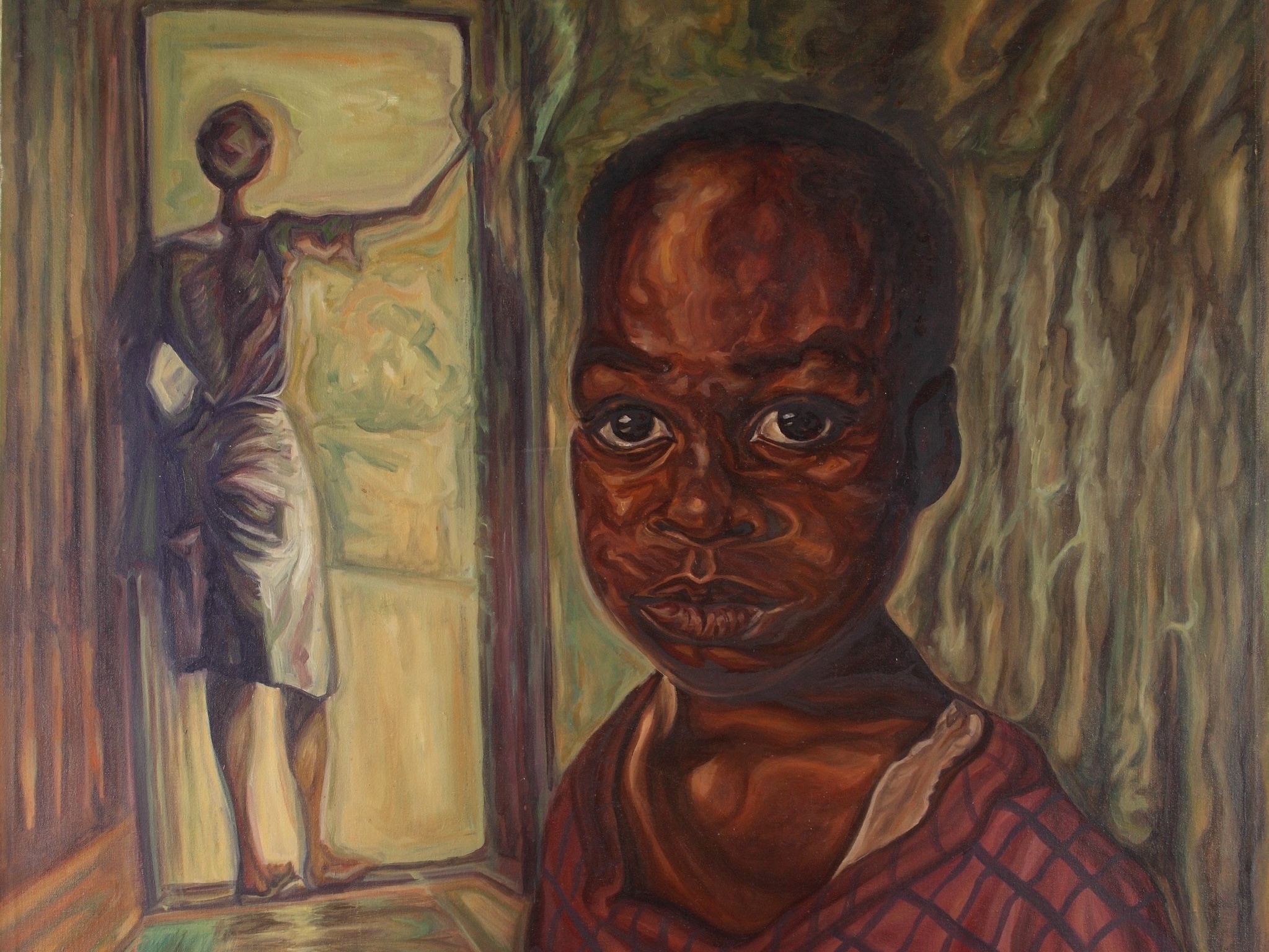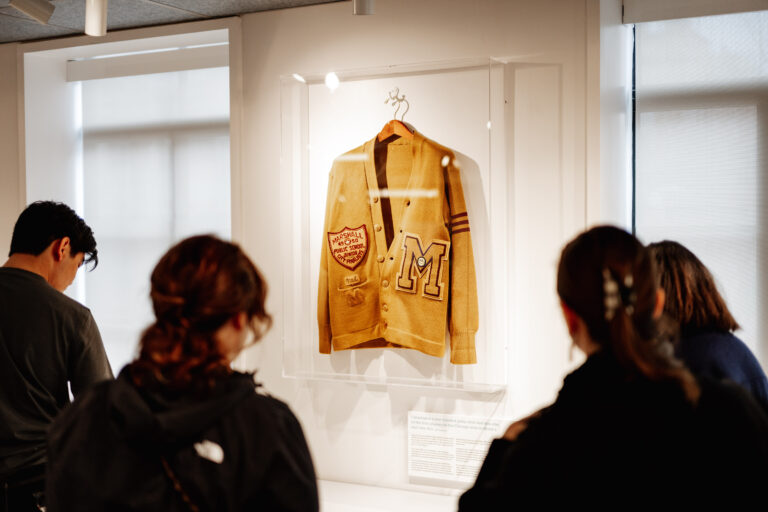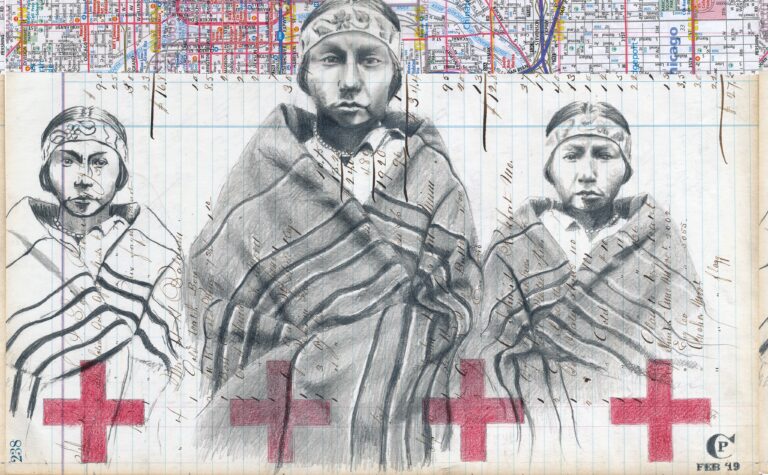
Historic Apartments
Three recreated apartments at the heart of the National Public Housing Museum showcase the stories of diverse families who lived in the Jane Addams Homes.

Leon Savage, Untitled (detail), 1981, Oil on canvas. Courtesy of South Side Community Art Center.
National Public Housing Museum, 919 South Ada Street
Join us at the new permanent home of the National Public Housing Museum for an evening of art, exploration, and conversation about the history of housing injustice.
Presented in conjunction with Court Theatre’s production of A Raisin in the Sun, the program explores the well-intentioned narrative that homeownership is the answer to combating systems of oppression that hinder Black mobility and generational wealth. It features a discussion between housing advocates, experts, and scholars from the University of Chicago, including Robin Bartram, Adrienne Brown, Philip Garboden, and writer and former resident of Trumbull Park Homes Sandra Jackson-Opoku. Moderated by National Public Housing Museum Executive Director Lisa Yun Lee.
Plus—get an early look at select forthcoming exhibitions in the lead up to the Museum’s grand opening in 2025.
Presented in partnership with Court Theatre and the University of Chicago Crown Family School of Social Work, Policy, and Practice.


Three recreated apartments at the heart of the National Public Housing Museum showcase the stories of diverse families who lived in the Jane Addams Homes.

History Lessons offers intimate glimpses of life in public housing through everyday objects and personal memories.

Still Here uses art, archives, and public dialogue to explore and connect histories of displacement on the land where the National Public Housing Museum is located. As an institution that addresses displacement of public housing residents, we also want to understand the forcible removal of Indigenous peoples that came before and grapple with how those experiences are interwoven…